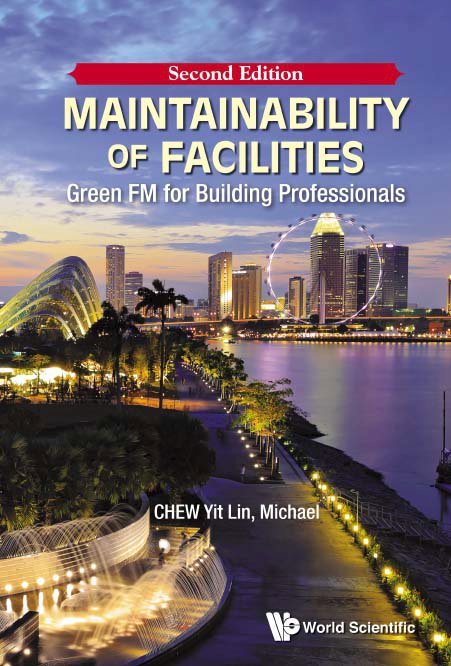System Upgrade on Tue, May 28th, 2024 at 2am (EDT)
Existing users will be able to log into the site and access content. However, E-commerce and registration of new users may not be available for up to 12 hours.For online purchase, please visit us again. Contact us at customercare@wspc.com for any enquiries.
This book focuses on spearheading the integration of maintainability and green facility management right from the design stage. The text introduces the concept of green maintainability, and discusses considerations to maximize the performance by achieving resource and energy efficiency, while minimizing the total life cycle cost in embodied energy; environmental impact and consumption of matter/energy throughout the life cycle of a facility, by "doing it right the first time".
In this edition, existing chapters have been brought up to date, to include contemporary sustainability concerns, such as: sustainability design, construction and materials, and maintainability of green features.
Maintainability of Facilities is written for practitioners and students in architecture, engineering, building, real estate, construction, project management, facilities management, quantity and building surveying.
Sample Chapter(s)
Chapter 1: Introduction (546 KB)
- Introduction
- Wet Area
- Façade
- Basement
- Roof
- M&E
- Material Selection
- Nondestructive Tests
- Grading System for Sustainable Design and Maintainability












